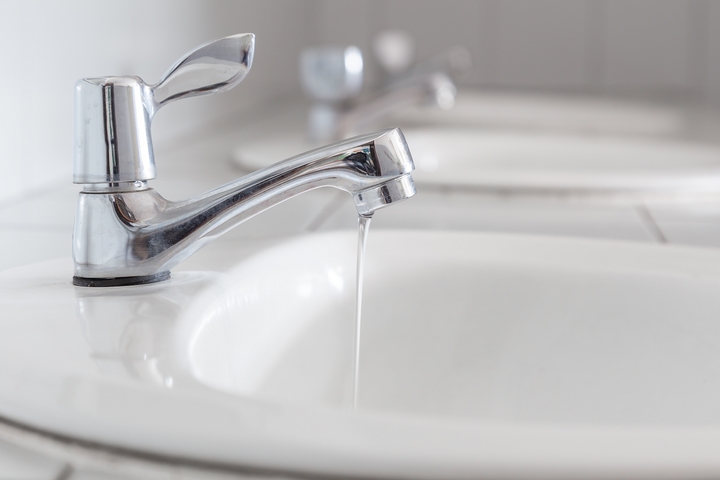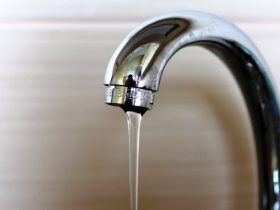Everyone will have their unique piece of advice in relation to Low Water Pressure in the House?.

Low water stress in your house can be an aggravating issue, affecting whatever from bathing to cleaning dishes. If you're experiencing weak water circulation, there are a number of feasible reasons and services to discover. In this overview, we'll talk about usual reasons for low water stress and useful actions to attend to the issue successfully.
Intro to Low Water Stress
Low tide stress happens when the flow of water from your taps, showers, and various other components is weak than normal. This can make day-to-day tasks more difficult and much less effective. Comprehending the sources of low water stress is important to locating the best solution.
Common Causes of Low Water Stress
Pipe Obstructions
With time, pipelines can come to be blocked with natural resource, debris, or particles, restricting the circulation of water. This is a common problem in older homes with galvanized steel pipes.
Deterioration
Rust within pipelines can lead to leakages and decreased water pressure. Rust accumulation can constrict water circulation, especially in maturing plumbing systems.
Faulty Pressure Regulatory Authorities
Stress regulatory authorities are in charge of maintaining constant water pressure in your house. If they malfunction, it can result in low tide stress or unequal flow throughout the house.
Community Supply Of Water Issues
Sometimes, the trouble exists outside your home. Metropolitan water supply issues, such as main line leakages or upkeep work, can momentarily reduce water pressure in your location.
Just How to Identify Low Tide Pressure
Checking Taps and Fixtures
Beginning by testing the water stress at different taps and components throughout your home. If the issue is isolated to particular areas, it might suggest local troubles.
Inspecting Pipelines
Check noticeable pipes for indications of leaks, deterioration, or clogs. Pay attention to any uncommon sounds, such as banging or rattling pipelines, which can indicate concerns within the plumbing system.
Consulting with a Plumber
If you're not able to determine the cause of low water stress, consider employing an expert plumber to carry out a thorough inspection. They can recognize underlying problems and suggest suitable services.
DIY Solutions to Repair Low Water Pressure
Cleansing Aerators and Showerheads
Mineral deposits can gather in aerators and showerheads, reducing water flow. Get rid of and clean up these components consistently to enhance water pressure.
Flushing Hot Water Heater
Debris build-up in the water heater can limit circulation and lower efficiency. Purging the storage tank occasionally aids remove sediment and maintain optimal performance.
Inspecting Stress Regulatory Authority
Make sure that the stress regulatory authority is functioning properly. Readjusting or replacing the regulator can assist restore correct water stress throughout your home.
Cleaning Clogs in Pipes
For small clogs, attempt using a plumbing snake or chemical drainpipe cleaner to clear obstructions in pipelines. Be cautious when utilizing chemicals and comply with safety and security guidelines.
When to Call a Specialist Plumber
If do it yourself initiatives fail to resolve the issue or if you presume significant plumbing problems, it's ideal to look for aid from a certified plumber. They have the knowledge and tools to resolve complex issues securely and successfully.
Safety Nets to Preserve Water Stress
Normal Maintenance
Set up regular upkeep for your plumbing system to prevent issues such as deterioration, leaks, and obstructions. Addressing minor problems early can assist stay clear of even more considerable fixings later on.
Mounting a Pressure Booster
Consider setting up a stress booster pump to enhance water pressure in areas with constantly low circulation. This can be particularly advantageous for multi-story homes or residential or commercial properties with high-demand fixtures.
Tracking Water Usage
Bear in mind water use practices and stay clear of ill-using the plumbing system. Straightforward changes, such as incredible showers and laundry loads, can aid maintain ample water pressure.
Verdict
Handling low tide pressure can be aggravating, yet determining the underlying reasons and executing appropriate options can recover optimal circulation throughout your home. Whether it's cleansing aerators, evaluating pipelines, or talking to a plumber, taking aggressive steps can make sure a constant supply of water for your everyday needs.
FOUR WAYS TO FIX LOW WATER PRESSURE NOW
Turning on a shower or faucet only to find the water comes out in a sad, slow drizzle is never a good feeling. How exactly are you supposed to wash a pan or take a quick shower when it takes 10 minutes just to rinse off a little soap? The good news is that when your water pressure is bad, there's always a cause: typically one that can be easily fixed. Here are some of the most common causes of low pressure and what you can do to fix the issue:
DEBRIS AND MINERAL DEPOSIT BUILDUPS
If you notice low water pressure from just one or two of the fixtures in your house, the problem likely has to do with debris buildup. Water is full of minerals and other debris, all of which can accumulate in your pipes and on your fixtures. This can cause a blockage that affects how much water flows through. To fix this, try filling a small plastic bag with white vinegar, and use a rubber band to hang it around your showerhead or faucet. Let the head of the fixture soak for a few hours, and the vinegar should loosen the deposits.
WATER LEAKS
Leaks are another common cause of low water pressure. If water is flowing out of your plumbing through a hole or crack before it can reach your fixture, the pressure coming out of the faucet or showerhead will be lower. A plumbing professional is your best bet for finding and repairing a leak in your water supply pipes.
Leaks are another common cause of low water pressure. If water is flowing out of your plumbing through a hole or crack before it can reach your fixture, the pressure coming out of the faucet or showerhead will be lower. A plumbing professional is your best bet for finding and repairing a leak in your water supply pipes.
FOUR WAYS TO FIX LOW WATER PRESSURE NOW
Turning on a shower or faucet only to find the water comes out in a sad, slow drizzle is never a good feeling. How exactly are you supposed to wash a pan or take a quick shower when it takes 10 minutes just to rinse off a little soap? The good news is that when your water pressure is bad, there's always a cause: typically one that can be easily fixed. Here are some of the most common causes of low pressure and what you can do to fix the issue:
DEBRIS AND MINERAL DEPOSIT BUILDUPS
If you notice low water pressure from just one or two of the fixtures in your house, the problem likely has to do with debris buildup. Water is full of minerals and other debris, all of which can accumulate in your pipes and on your fixtures. This can cause a blockage that affects how much water flows through. To fix this, try filling a small plastic bag with white vinegar, and use a rubber band to hang it around your showerhead or faucet. Let the head of the fixture soak for a few hours, and the vinegar should loosen the deposits.
WATER LEAKS
Leaks are another common cause of low water pressure. If water is flowing out of your plumbing through a hole or crack before it can reach your fixture, the pressure coming out of the faucet or showerhead will be lower. A plumbing professional is your best bet for finding and repairing a leak in your water supply pipes.
Leaks are another common cause of low water pressure. If water is flowing out of your plumbing through a hole or crack before it can reach your fixture, the pressure coming out of the faucet or showerhead will be lower. A plumbing professional is your best bet for finding and repairing a leak in your water supply pipes.
A VALVE ISSUE
If you have low water pressure throughout your home, check your main shut-off valve to make sure it's completely open. You may also want to see if there's a pressure-reducing valve installed. If there is, have a plumber help you adjust the settings to get the pressure you're looking for.
OTHERS USING WATER
Believe it or not, your low water pressure could be caused by your neighbors. If you notice low pressure at certain times of day, it may be because you and the people living next to you have similar schedules - when everyone is showering at the same time, the pressure will be lower in every home. Low pressure throughout the neighborhood may also be caused by an issue with your municipal water supply. If that's the case, call the supplier to see if they're working on the issue.
https://www.rotorooter.com/blog/water-leaking/low-water-pressure-fixes/

I am just very serious about and I hope you enjoyed reading my blog posting. Sharing is good. Helping people is fun. Thank-you for taking the time to read it.
Schedule An Appointment